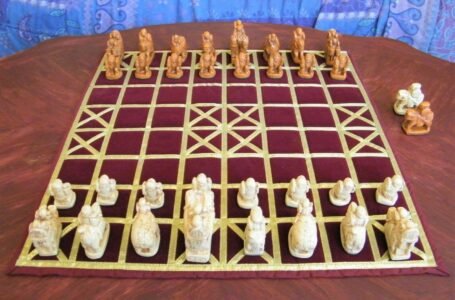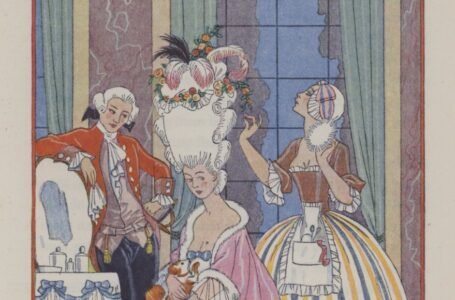Thang-Ta – ‘The Art of Sword and Spear’ of Manipur
- Lifestyle Ancient history Asian history Medieval history
 Navleen Kaur
Navleen Kaur- September 22, 2022
- 0
- 669
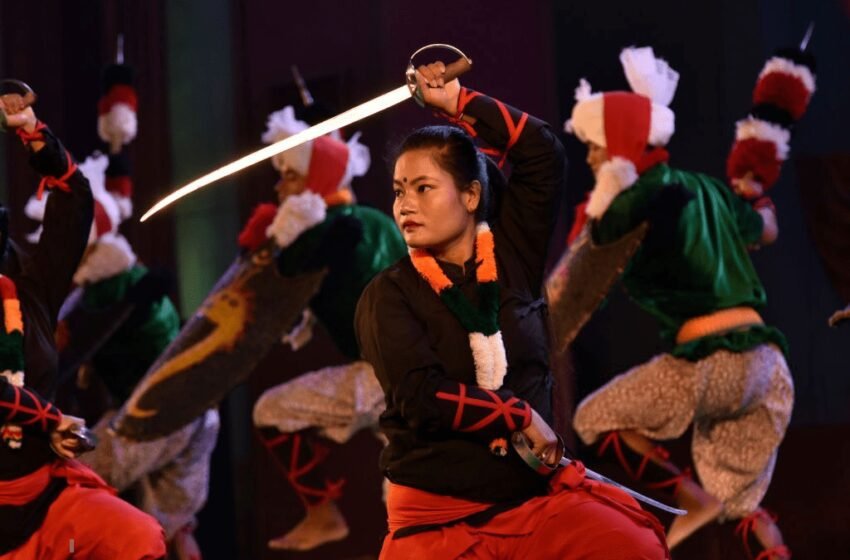
Thang-ta is a form of martial art which requires weapons where Thang refers to ‘the art of sword’ and ta refers to a spear. Thang-ta is a part of Huyen Langlon, an Indian martial art hailing from Manipur. Huey Langlon consisted of two divisions- the armed and the unarmed way of combat and fighting. Thang-ta is the armed combat whereas Sarit Sarak is the unarmed division of fighting. If we try and trace back the history of this martial art form, then it can be said that it comes from hymns and legends. Thang-ta has certain war dances amalgamated which are related to native animist gods. It often happens so that the line between dance and combat form gets blurred. In Manipur, the traditional and ritualistic dances were performed by martial artists, thus blurring the line further. The spear dance or the sacred thengou dance is performed by them for funerals by martial artists.

If we see the geographical location of Manipur, it is a valley. It has always been protected by the hills from the Chinese, Burmese, and Hindu kings. The Metei community exists there today after seven clans integrated into one. The manuscripts, also known as the Puya, tell us about the ethics of duelling. It has the rules and regulations noted down which convey that there were strict rules adopted and violating them was not only shameful but also sinful. One of the rules contained the beheading of the one who lost, by the opponent. The heads were considered trophies, and anyone who begged for mercy or to is spared was considered taboo.
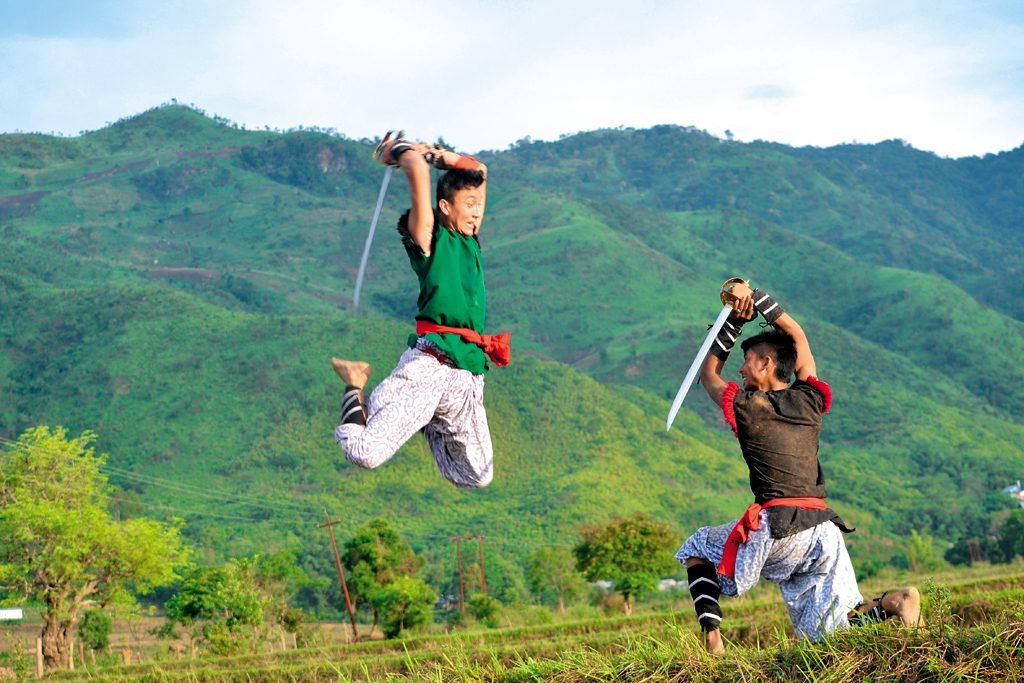
It was the commoners who were the warriors in the clans. The first and foremost creation of an armed force known as lallup was created by Loiyamba Shinyen between 1074-1122 AD. From 1404-1432 AD, king Punshiba formed a permanent army and a military department known as Shingchep Meira Haijouroi. By the 15th century, this army helped the warrior queen Linthoingambi to win over the Tangkhul tribe in the absence of the king. The lallup system was upgraded by Meidingu Pamheiba in the 17th century. He made it compulsory for every male who was above 16 years of age to serve in the military for 10 in every 40 days thereby the total coming to 90 days in a year. There the youth was taught martial arts. This practice can be seen in modern-day South Korea and many other nations as well where it is compulsory for the youth to serve in the military.

Then came the British and they did to Thang-ta what they did to every other martial art form especially those which involved weapons, they banned it. The ban did not create an effect to the maximum unlike forms in other States as the North-East region was isolated. So, the practice went on but lost its significance when the native culture lost its started dying. This was mainly due to the modernisation and Christianity spreading in the region. This meant that Thang-ta lost its prominence as well.
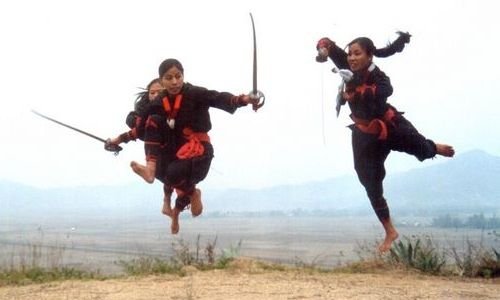
Techniques involved in Thang-la include a sword dance and a spear dance. They are known as thangkairol and khosarol respectively. The training begins with the basics of working on the footwork. The emphasis is laid on striking balance and coordination between the footsteps and sword strikes. There are many movements, postures, and positions that are used which are derived from habitual and cultural uses of daily life. Khurumba is the bow movement in which the practitioner flexes the spine in a forward or a downward manner. Then comes tha leiba wherein the rotation and tilts of the pelvic joint are practised while keeping the torso in a curvilinear position. Thong Khong is a kind of squat in which the upper extremities are lowered to the nearest level to the ground. Wei Teba is the daily practice of women cleaning the floor while using a flexible squat system. The knees are bent and opened to enable the forward flexion of the torso and the spine. In this method, the wrists are also circling while using the washcloth.
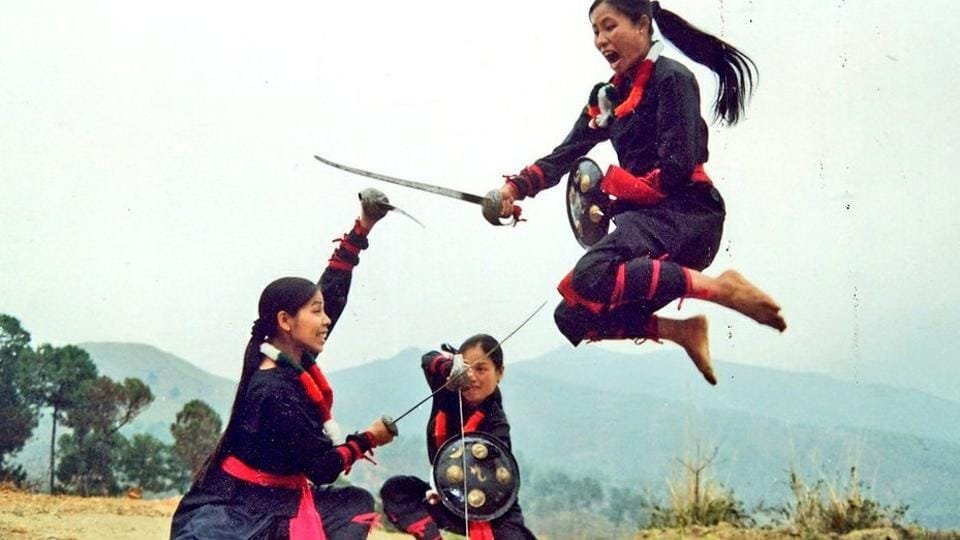
Thang-ta emphasises invading the space of the opponent using the body. The art has a massive impact of the culture as well as the physiography of the hills and plains of Manipur. The sword is the preferred weapon as it is capable of protecting the body from attack from all sides. The technique of forming an eight is extensively used as it protects the vulnerable parts of the body. While training to use a spear, techniques to use bare hands are taught once a practitioner learns armed fighting. One is taught breathing exercises (ningsha kanglon), meditation (hirikonba), sacred dances (thengouron), and medicine (layeng kanglon).
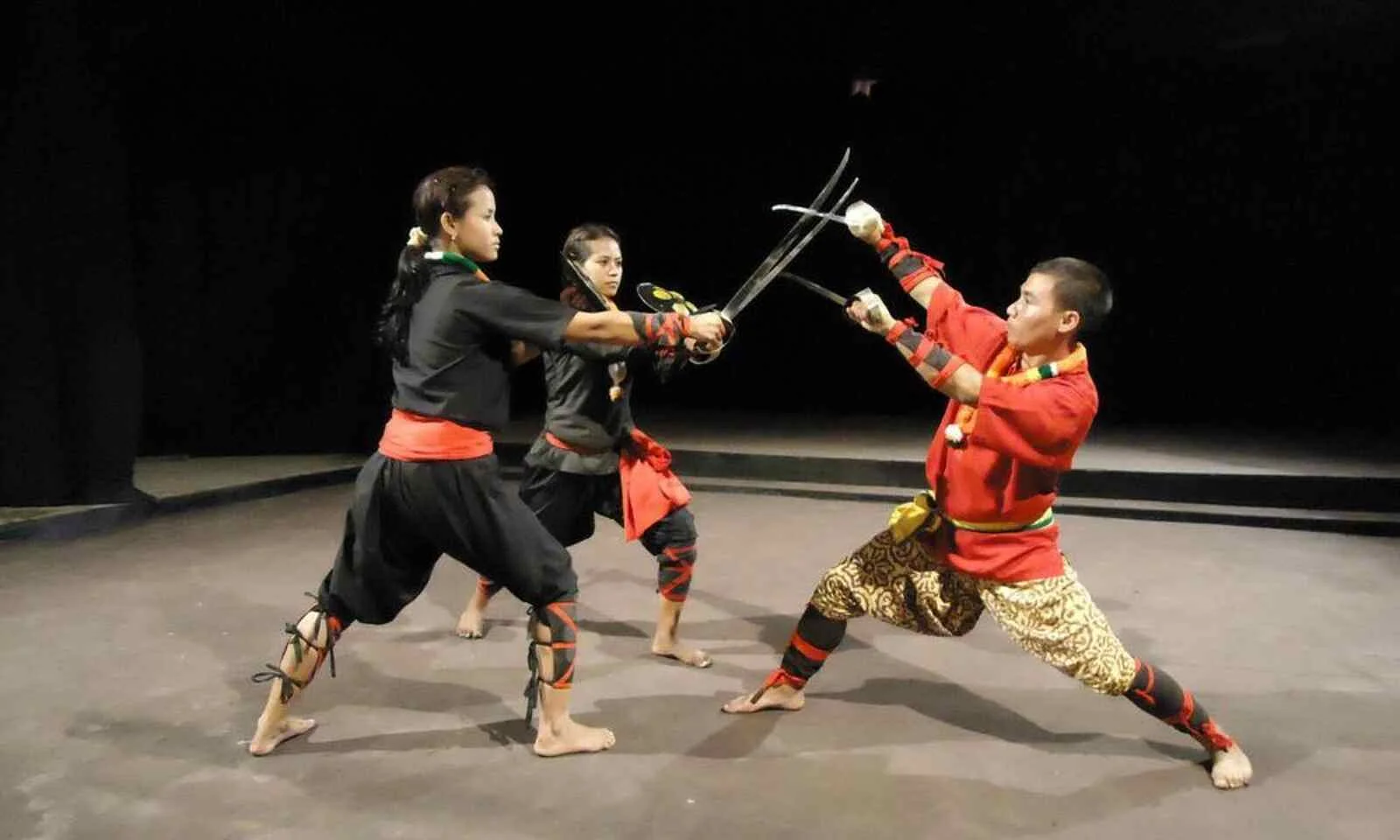
There are sparring matches held in a 30-foot circular area. There are two ways of sparring, the first is phunaba ama and phunaba anishuba. In the former technique, the opponents wield a two-foot leather encased cudgel which is used with a leather shield known as cheibi and chungoi respectively. In the latter technique, everything is the same the only difference is that one can use kicks and that there are no shields. There are two matches of six minutes each with a minute break in between. The match is judged by two chief judges and a referee is present for intermediation while a timekeeper keeps check of the time of the rounds.
Today, Thang-ta is one of the most popular Meitei martial arts. It is practised by both, men and women and is promoted at school, district, state and national levels by organising competitions. It is prominent as a sport in Jammu and Kashmir and produces one of the strongest contenders against those from Manipur in competitions. Gurumayum Gourakishor Sharma received Padma Shri for his contributions in restoring and preserving the art of Huey Langlon. The Thang-ta Federation of India takes care of all things related to this art and its headquarters is situated in New Delhi. It has also been included in the Khelo India Games by the Government of India and has also been included as a supplementary subject in the syllabus of BOSEM and COHSEM. There are undergraduate and graduate courses introduced at the university levels at Manipur University, Imphal. There is the scope of getting employed in cultural tourism, health tourism, self-defence centre, attire and equipment’s training, as well as in the sports tourism sector. This proves that Thang-ta is not only a great self-defence art but also a great career choice.

